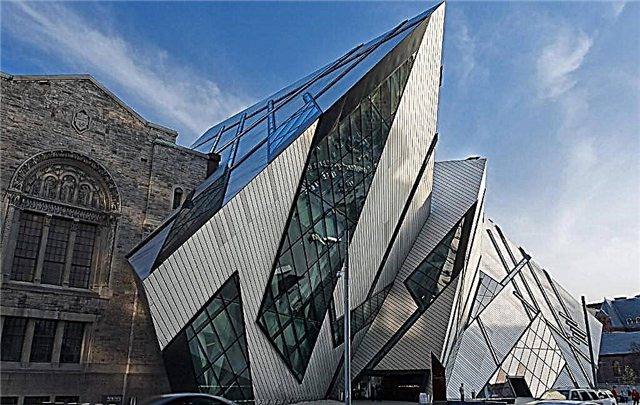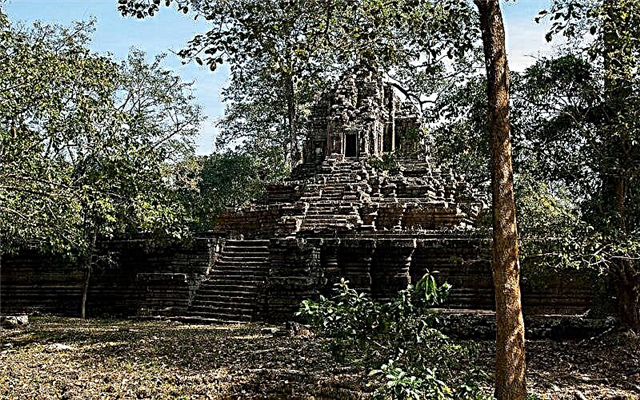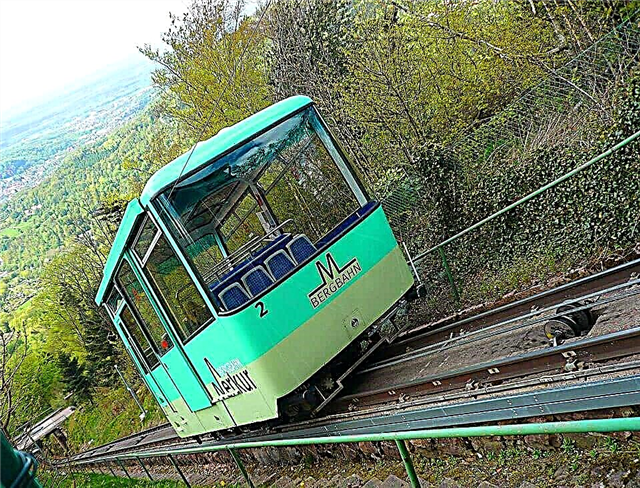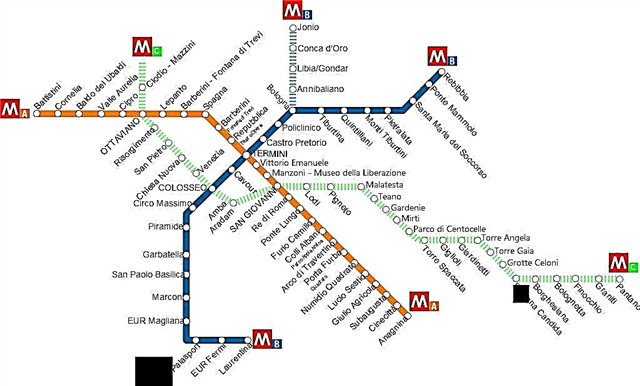Address: Hungary, Budapest, St. Stephen's Square
Start of construction: 1851 year
Completion of construction: 1905 year
Height: 96 meters away
Architect: Jozsef Hild
Shrines: Saint Stephen's right hand
Coordinates: 47 ° 30'02.8 "N 19 ° 03'14.8" E
Content:
St. Stephen's Cathedral has risen above the city districts of Budapest, thanks to the work of many hundreds of people and the talent of three architects. Its construction took over half a century. This Catholic church holds a special place in the history of Hungary. It is dedicated to the first Hungarian king Stephen (Istvan) I Saint, to whom he created a single state and Christianized the country.

View of the facade of the basilica
History of the Catholic Church
The history of the basilica began in 1838, when the flooded Danube forced the inhabitants of Pest to flee from the water on a hill on the east bank of the river. In gratitude for the miraculous salvation from the elements, the inhabitants of Pest decided to build a temple.
The construction of the cathedral began in 1851. The first architect to work on it was the Hungarian architect Jozsef Hild, known for his austere and concise style. He led a large-scale construction project for 16 years, until his death. When this happened, construction was not yet completed.
In 1868, the unexpected happened - the newly erected dome of the building collapsed, and significant flaws in the original project were revealed. The construction was continued by the Hungarian architect Miklos Ibl. A difficult task fell on his shoulders. The design of the basilica had to be fundamentally changed without affecting the foundations of the already erected building.
Ible coped with this problem brilliantly, built a new dome and introduced elements of eclecticism into the building, which made it lighter and at the same time more majestic. It is curious that the famous Gustave Eiffel was Ibl's consultant. He suggested to the architect modern technologies and techniques that made the construction of the basilica more proportional and reliable.

View of the basilica from Bajcsy Zsilinsky street
Unfortunately, like the first architect, Ibl did not live up to the end of construction. In 1891, the new architect József Kauser continued the construction of the temple, using the old drawings of Ibl. Causer also had to supervise the interior decoration of the church building.
Finally, in November 1905, the basilica was consecrated and was able to receive the first believers. At the same time, the new temple was honored with the visit of Emperor Franz Joseph I. In 1938, by the decision of Pope Pius XII, the Hungarian cathedral received special privileges as a small basilica.
The Second World War caused great damage to the church building. The capital restoration of the historical monument began only in 1983, and 20 years later it was opened for believers. In 1991, when restoration work was in full swing, Pope John Paul II paid a visit to the Budapest church.
Features of architecture and interiors
In terms of its impressive size, the church in Budapest ranks third among Hungarian cathedrals, second only to the temples of Esztergom and Eger. It rises to a height of 96 m and can simultaneously accommodate up to 8.5 thousand believers. The Budapest temple is 87.4 m long, 55 m wide, and its interior area exceeds 4.7 thousand square meters. The basilica was built in the tradition of the neo-Renaissance and in the plan resembles an equilateral cross.

Eastern facade of the basilica
Above the entrance to the temple, facing west, there is an inscription in Latin "I am the way, truth and life." Bell towers rise on both sides of the main building. One of them has the largest Hungarian bell, weighing 9 tons. In addition to him, three more bells are installed in the cathedral.
Some architects and art historians believe that the temple has insufficient interior lighting. However, the eyes quickly get used to the twilight, and the interiors of the cathedral make a strong impression. The columns standing here are decorated with multi-colored marble and mosaics. The windows of the cathedral are decorated with stained-glass windows with the faces of saints. There are many wood carvings and gilding in the temple. The walls are covered with paintings, and a mosaic scene of the creation of the world is depicted on the vault of the large dome, which has a diameter of 22 m.
The attention of all visitors is drawn to the luxurious altarpiece. To the left of it is a shrine covered in gold with the mummified right hand of the Hungarian King Stephen I Saint. And behind it is a sculptural image of the king, created by the Hungarian artist Alaios Strobl. The sculpture is surrounded by five bronze bas-reliefs depicting scenes from the life of the revered ruler of the country, made by Ede Mayer. Every year on August 20, when the country celebrates a national holiday - St. Stephen's Day, a religious procession takes place, and a reliquary with relics is solemnly carried through the city streets.

Basilica interior
Catholic temple today
The basilica is active and is open daily for believers and tourists. People usually enter the building not through the central door, but through the entrance located on the right. On Sundays from 10.00 to 11.00, a church service is held here, accompanied by a choir. You can see the interiors of the cathedral from Monday to Friday from 9.00 to 17.00, on Saturday from 9.00 to 13.00, and on Sundays from 13.00 to 17.00.
The basilica has long been used as a concert venue. During the high tourist season, organ and classical music concerts are held in the temple almost every evening. The basilica has excellent acoustics and the musicians do not use microphones. You can buy tickets for the concert in the cathedral itself or on the Internet. Concert programs and announcements are posted in the church and posted on its website.
An observation deck has been created on one of the towers of the basilica, from which a circular panorama of the streets of the Hungarian capital opens. You can go upstairs using two elevators or a spiral staircase consisting of 364 steps. The observation deck is open to visitors from July to September from 10.00 to 18.30, and from October to June from 10.00 to 16.30. Visits to the observation deck and the cathedral are paid.
When it gets dark on the streets of the city, the walls and dome of the basilica are beautifully illuminated. Before the onset of Catholic Christmas, a large Christmas tree is erected on the square in front of the temple and a Christmas fair trade is held.

Basilica dome
How to get there
The Basilica stands on the square named after St. Stephen. The closest to it are the Bajcsy Zsilinszky and Deak Ferencter stations of the Budapest metro.











